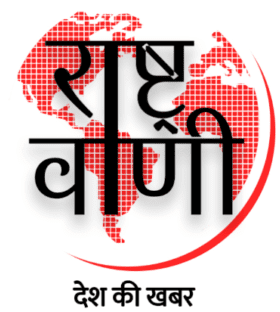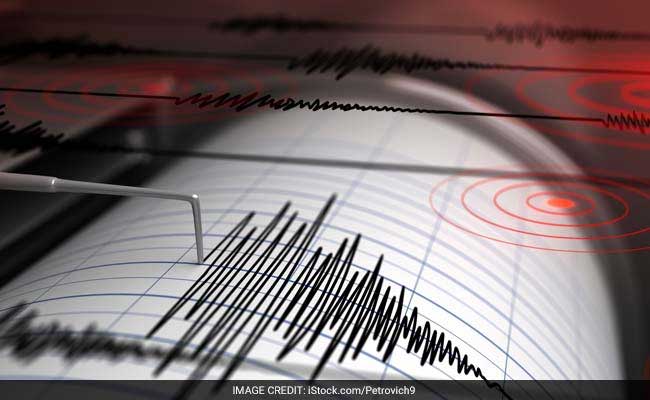
[ad_1]
A recent visit to the Indian men’s hockey team’s national camp at the Kalinga Stadium sports complex in Bhubaneswar was a revelation.

The team was preparing for a tour of Australia, a vital series of matches leading up to the Paris Olympics. If Indian sportspeople (other than cricketers) have always wanted for a training environment that is at par with elite global standards, that wait is well and truly over.
Kalinga Stadium may well be home to the finest multi-sports facility in the country. Unlike most state or government-run centres, everything here is state-of-the-art, functional, maintained with commitment, and in full use across a range of sports.
At the elite level, where even a 5% increase in performance can mark the difference between winning an Olympic medal and not winning one, athletes from the US, China and European nations have long adopted a high-tech approach to training across sports. Finally, we can say the same.
At the Abhinav Bindra Targeting Performance sports science centre at the stadium, one hockey player was having the quality of his movements and muscle imbalances checked in the Biomechanics room. He stood on a force plate, a platform that obtains data on the amount of force that an athlete can exert in a given movement.
A biomechanics analyst sat at a computer console a few feet away. At her command, the player executed a powerful standing jump. Then another, and a third. A ring of high-definition cameras mounted on rails near the ceiling captured footage of each jump from 12 vantage points, and relayed it to the computer too.
Software turned this footage into a composite 360-degree view with just the athlete’s skeletal system visible. The force plate data resolved into graphs, representing information from each major joint, with the left and right sides presented as separate parameters.
The player and the biomechanics analyst studied the results together as they were generated. There was a small but significant difference between the response from player’s right and left knees (the right one moved a fraction of a second quicker). The right hip flexor was producing a fraction more force than the left. Landing force was a bit higher on the left too, indicating a lesser degree of muscular control.
The player got a list of muscles that would benefit from specific strengthening routines on his left side, and a list of muscles that needed to be stretched and relaxed on the right.
A few minutes later, the athlete reported to the endurance lab to measure his VO2 Max — the maximum amount of oxygen his body can absorb and use during activity. He was hooked to a breathing apparatus, and a range of sensors.
All this is in addition to an already-high-tech system in use during training. All players have GPS-enabled vests that measure speed, acceleration, deceleration, distances covered and heart rates during each session on the courts. A video analyst also captures positioning and movements; a computer program analyses this footage for each player.
Elsewhere at the complex, there were footballers, wrestlers, boxers, and gymnasts being assessed or working on post-injury rehab at the sports science centre. Most were still at the junior level, an age at which training intervention is most effective.
In a remarkable feat of public-private partnership, Kalinga Stadium also hosts a shooting high-performance centre run by Gagan Narang and the Aditya Birla Group; a badminton centre run by Pullela Gopichand and the Dalmia Group; a swimming centre run by Sandeep Sejwal and JSW Group; a hockey centre run by the Tata Trusts; an athletics centre run by the Reliance Foundation. All these facilities have come up over the past two years, since the Odisha government decided it wants the state to be a sporting hub.
We can expect the effects of this effort to really show in five to ten years, when it is likely that this one facility could alter medals tallies at international events.
What would really make India the sports powerhouse it deserves to be? At least four more states replicating the Odisha model.
Continue reading with HT Premium Subscription
Daily E Paper I Premium Articles I Brunch E Magazine I Daily Infographics

[ad_2]
Source link








